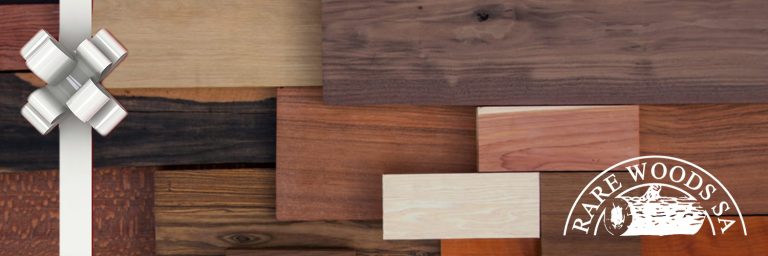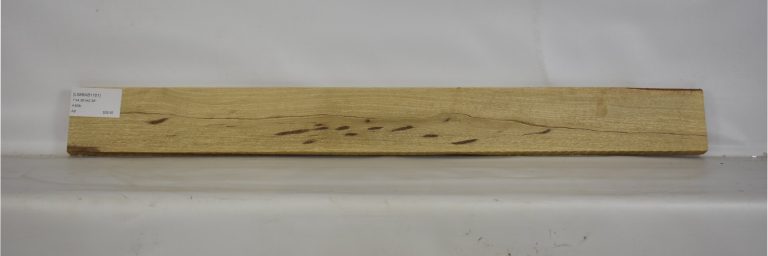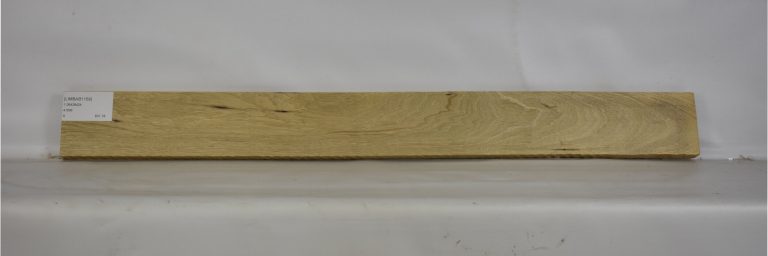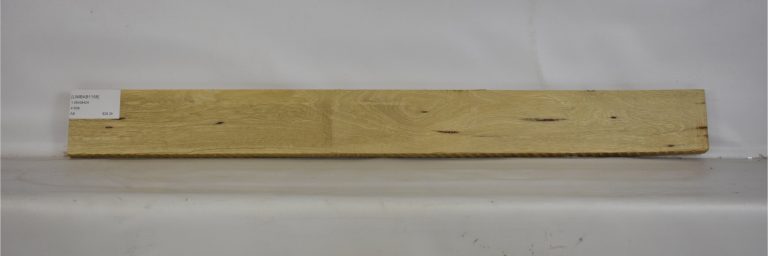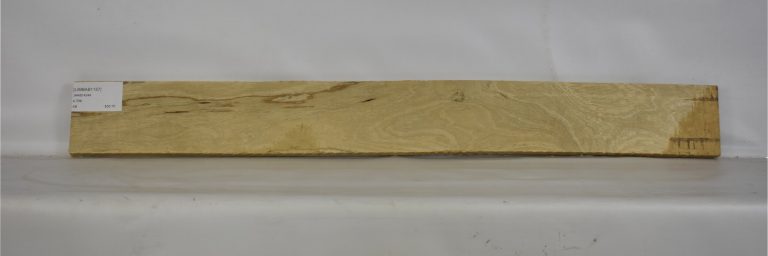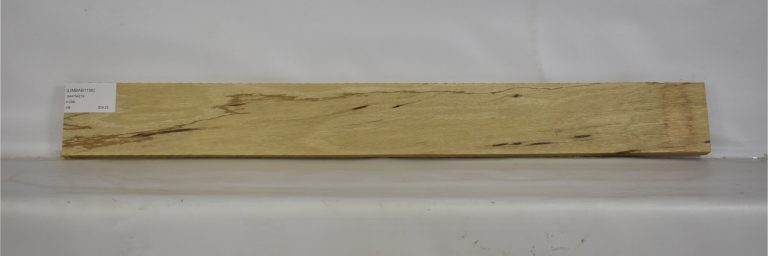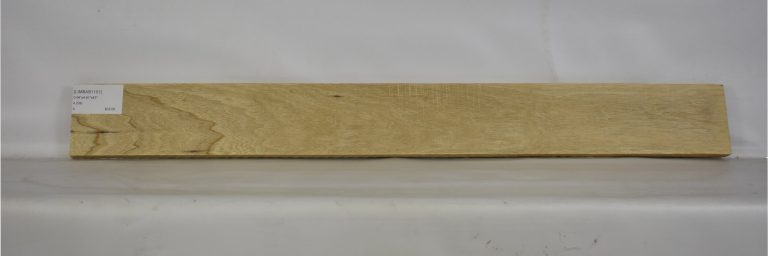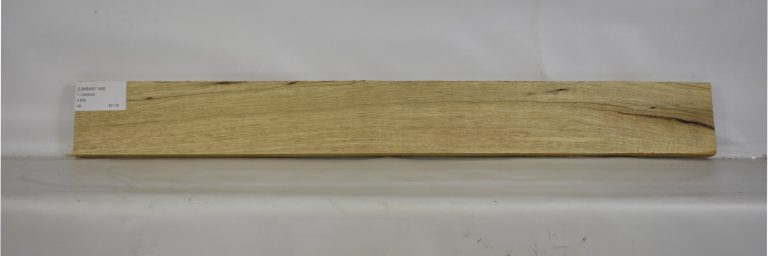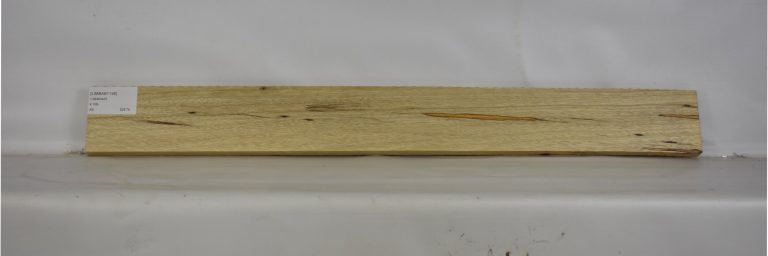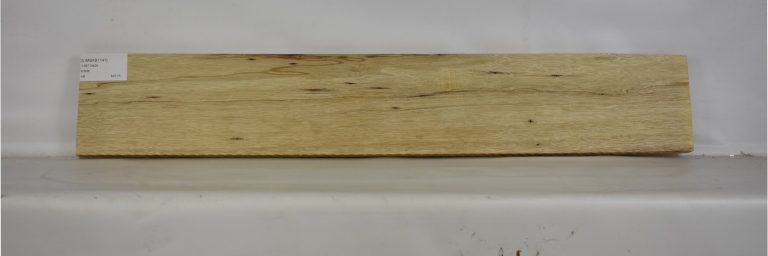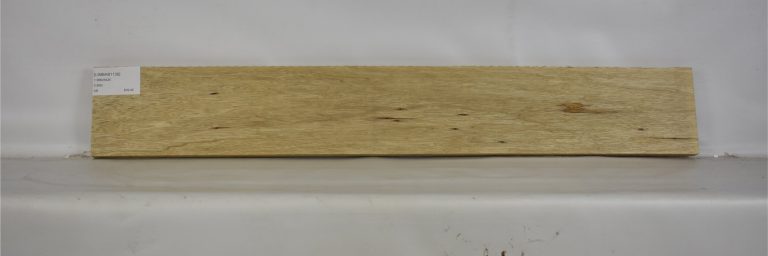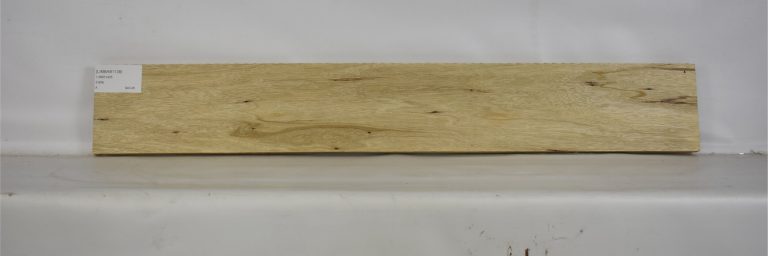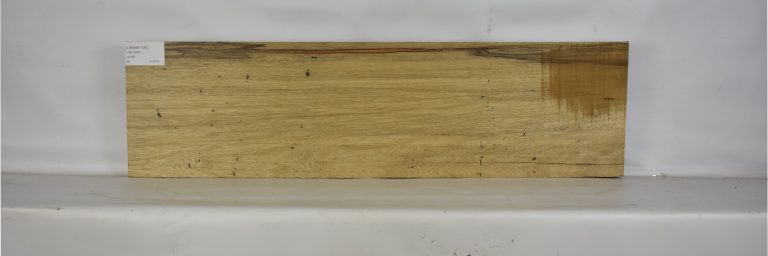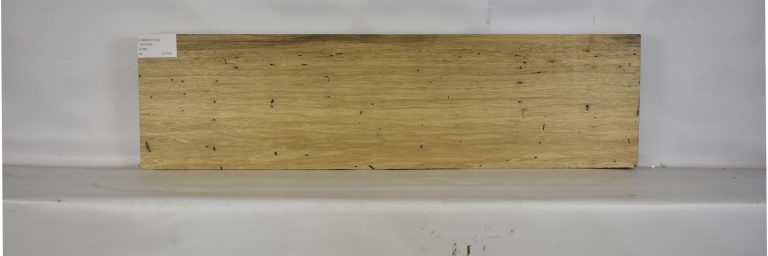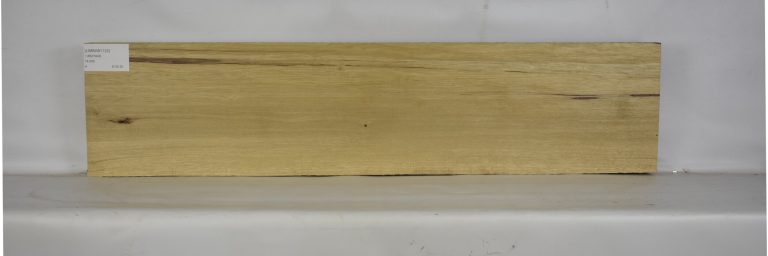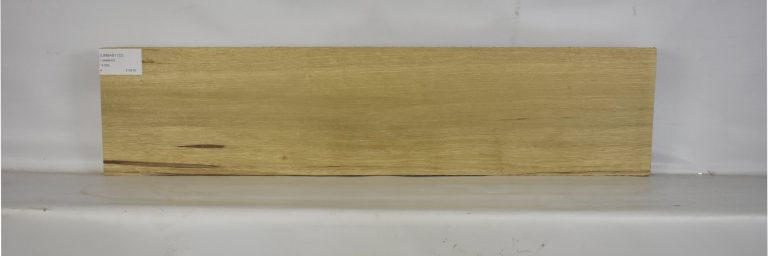Limba
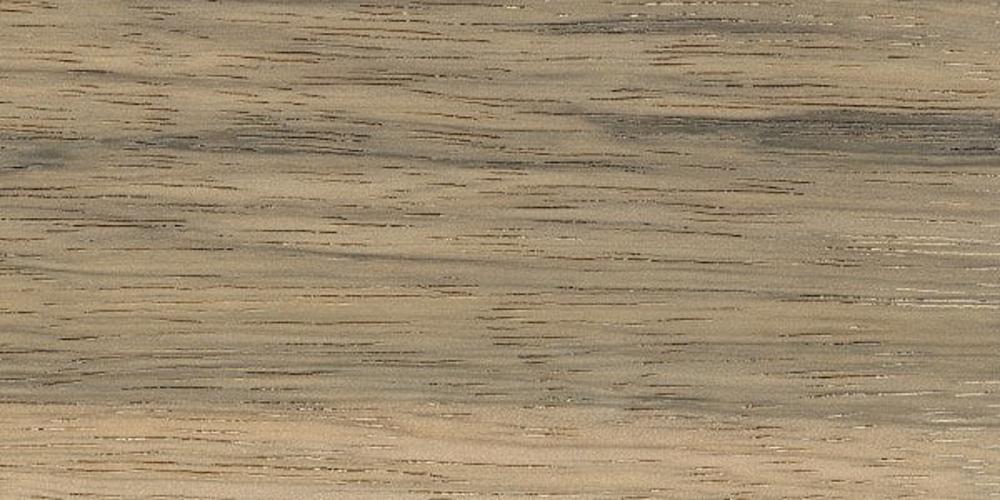
Limba has been an important wood in Africa due in part to its universal popularity. Although its population was considered threatened from over-exploitation in the first half of the 20th century, a concerted effort was made to preserve the species and expand its natural range. Regional and national programs from the ’50’s through the ’70’s across West and Central Africa were quite successful. Limba has a characteristic light base color, ranging from a pale yellow to a light golden brown, to a pale tan — and sometimes muted to the point of having a greyish appearance. It often has dark brown or black overlapping highlights (as well as lighter colored patches, occasionally ranging from yellow to orange), which is what distinguishes White Limba (also called “Korina”) from Black Limba (same wood / same species; just differing aesthetics). Its sapwood is only slightly lighter in color than its heartwood and can sometimes be difficult to discern.
Despite its medium to coarse texture and a small silica content, its typically straight grains (those sometimes irregular or interlocked) and modest hardness and density make it generally quite easy to work. Its glues and finishes well (with a moderate natural luster); its base color takes on a more golden tone under a clear lacquer finish. It is considered neither a tough nor durable wood, so such finishing is recommended.
Not currently listed in the CITES Appendices or on the IUCN Red List of Threatened Species.
Why We Love This Wood
This wood became quite popular with US electric guitar builders after being glamorized by Gibson Guitars in 1958. Limba was used exclusively as a body and neck wood with the introduction of their radical “Flying V” and “Explorer” models. (It was Gibson who actually coined the name “Korina” for the wood — a name by which it is now commonly known within the US guitar luthier community.) To this day, it remains a popular wood for guitar necks and bodies. It should be noted that the wood is decidedly non-durable and is susceptible to insect attack.
By the early 1950’s, the wood was thought to be severely endangered. Efforts were made to replant the wood in plantations across its natural range for the next twenty-plus years. The species expanded beyond its original rainforest habitat, making its way into savannah areas and even penetrating regional evergreen forests.
Client Creations
PRE-CUT SIZES (Limba)
0 resultsType
Dimensions
Grade
Price
LUMBER PACKS (Limba)
0 results
